Potted Fatsia Care: Tips On Growing A Fatsia Indoors
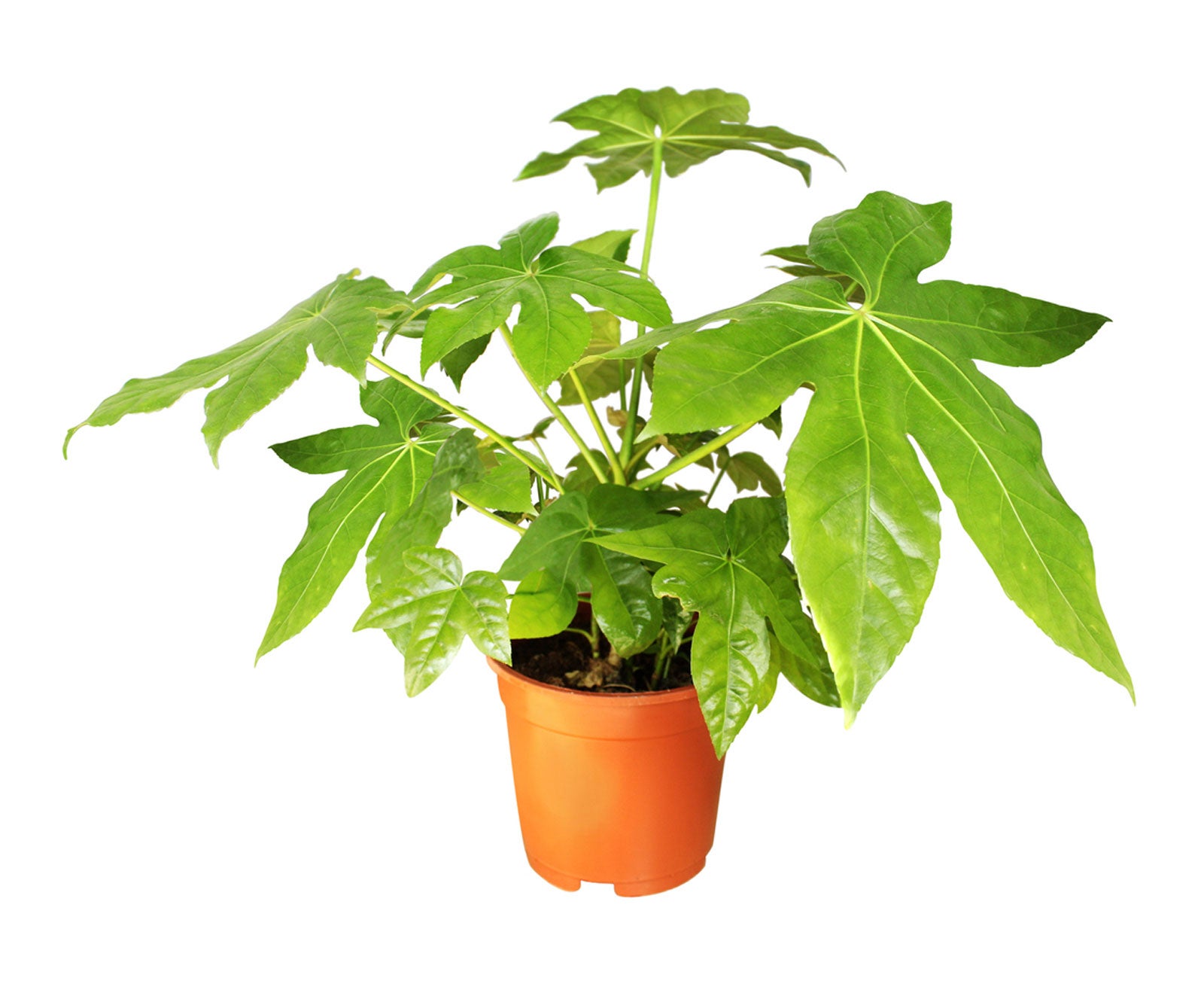
Fatsia japonica, like the species name suggests, is native to Japan and also Korea. It is an evergreen shrub and is a pretty tough and forgiving plant in outdoor gardens, but it is also possible to grow fatsia indoors. Your potted fatsia inside may not get flowers, but you will still be able to enjoy the exotic foliage given proper indoor culture.
Growing Fatsia as a Houseplant
In nature, these plants grow in shaded to partially shaded areas. It is important that you don’t give your fatsia too much direct sun. In most locations indoors, an eastern exposure window would work very well for these plants. This is not a plant to place in the sunniest window that you have; otherwise, the foliage will burn.
This is one plant that isn’t too picky about the type of soil that it grows in. Regardless, be sure to provide this plant with good moisture levels. Never let this plant completely dry out. At the same time, you don’t want this plant to sit in water either. You may want to reduce watering a bit in the winter as growth slows down or comes to a halt.
Fertilize regularly with an all-purpose fertilizer throughout the growing season. Reduce to eliminate fertilizer during the winter months depending on if the plant has slowed down growth or completely stopped. Resume again in the spring when new growth starts again.
These plants grow best if you can provide warmer conditions throughout the growing season, but cooler (not cold) conditions of 50 to 60 degrees F. (10-15 C.) during the wintertime. Be careful not to place this plant in any area indoors that has cold drafts. If you live in a cold climate, don’t place this plant near any doors where it might receive drafts.
These plants can get quite tall, so don’t be afraid to cut your plant back. You can do this at the time of repotting, or anytime that the plant is getting too big for your liking. By cutting your plant back, you can propagate the tip cuttings, but at the same time, your original plant will respond by becoming bushier.
If you can follow all these things, you will certainly have success growing fatsia in a container indoors.
Gardening tips, videos, info and more delivered right to your inbox!
Sign up for the Gardening Know How newsletter today and receive a free copy of our e-book "How to Grow Delicious Tomatoes".
-
 4 Superfast Composting Methods: Turn Waste Into Garden Gold In 30 Days Or Less
4 Superfast Composting Methods: Turn Waste Into Garden Gold In 30 Days Or LessTry the fastest composting methods to turbocharge your pile and transform kitchen scraps and garden waste into finished compost in just a few weeks.
By Mary Ellen Ellis
-
 Best Spider Plant Soil – Complete Soil Guide And Expert Tips For Keeping Plants Happy
Best Spider Plant Soil – Complete Soil Guide And Expert Tips For Keeping Plants HappySpider plants are fun and easy plants to grow, but what is the best soil for a spider plant? Selecting the right soil is important so they can thrive.
By Bonnie L. Grant
-
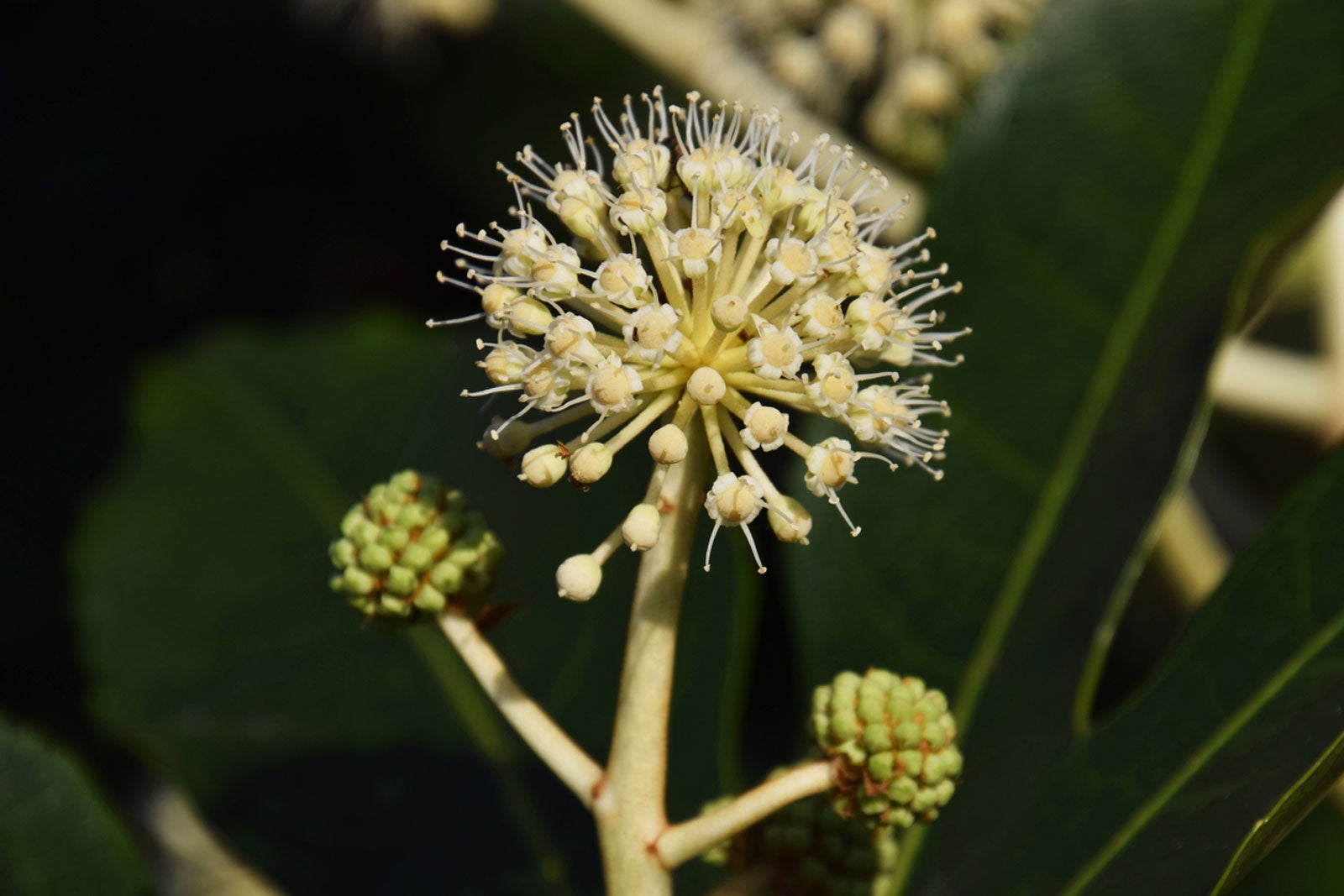 Propagating Fatsia From Seed: When And How To Plant Fatsia Seeds
Propagating Fatsia From Seed: When And How To Plant Fatsia SeedsWaiting for a shrub to grow from a seed may seem like something that will take forever to do. However, fatsia shrubs actually grow rather quickly and may not take as long as you think. For more information on how to grow fatsia from seed, click the following article.
By Mary Ellen Ellis
-
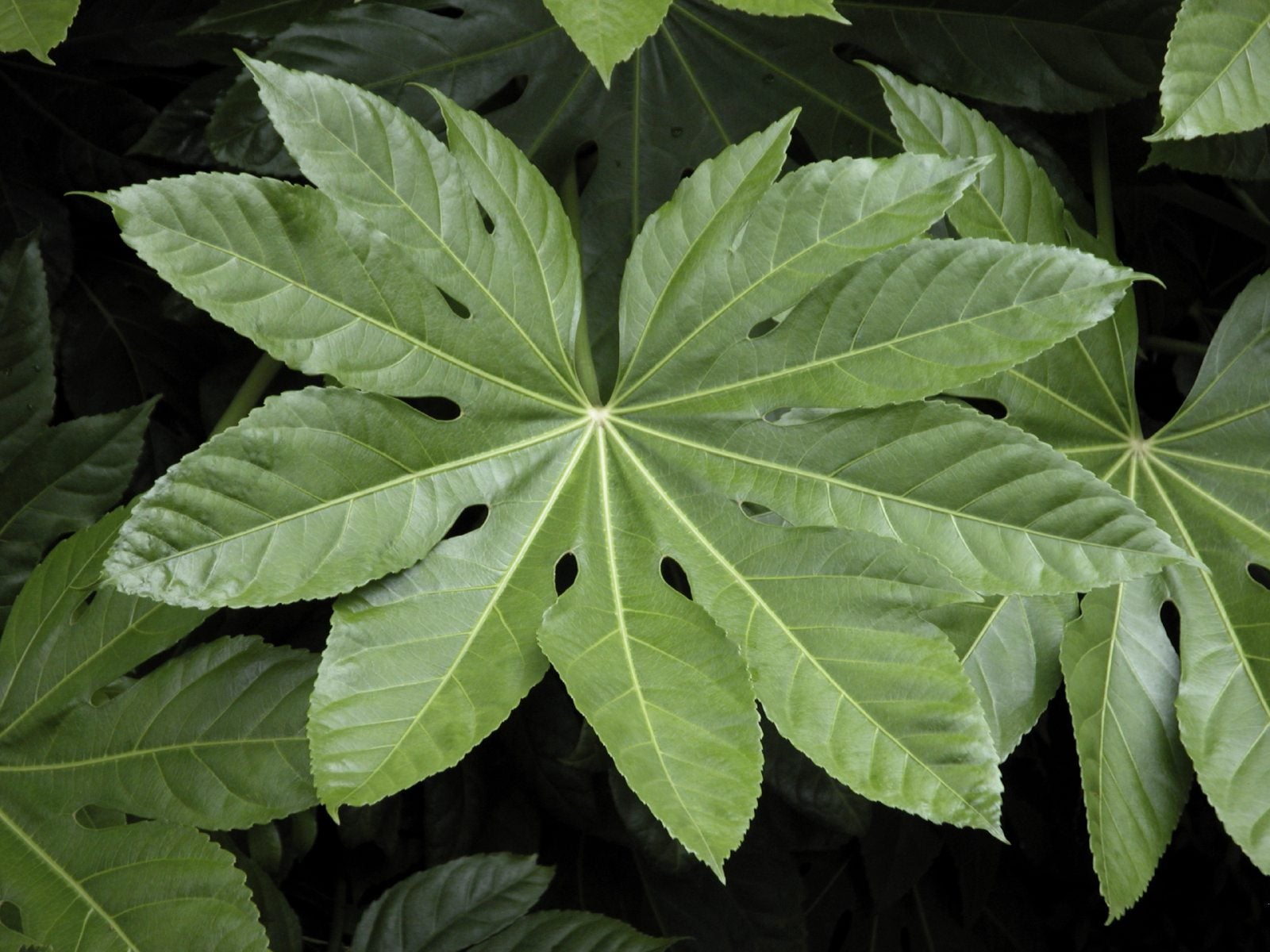 Aralia Plant Information: Tips On Growing Aralias
Aralia Plant Information: Tips On Growing AraliasAralia is a striking, multi-stemmed plant of more than 70 species. With so many types of aralia from which to choose, you can enjoy a variety of forms. Read this article for more aralia plant information, including growing aralias and care of aralias.
By Mary H. Dyer
-
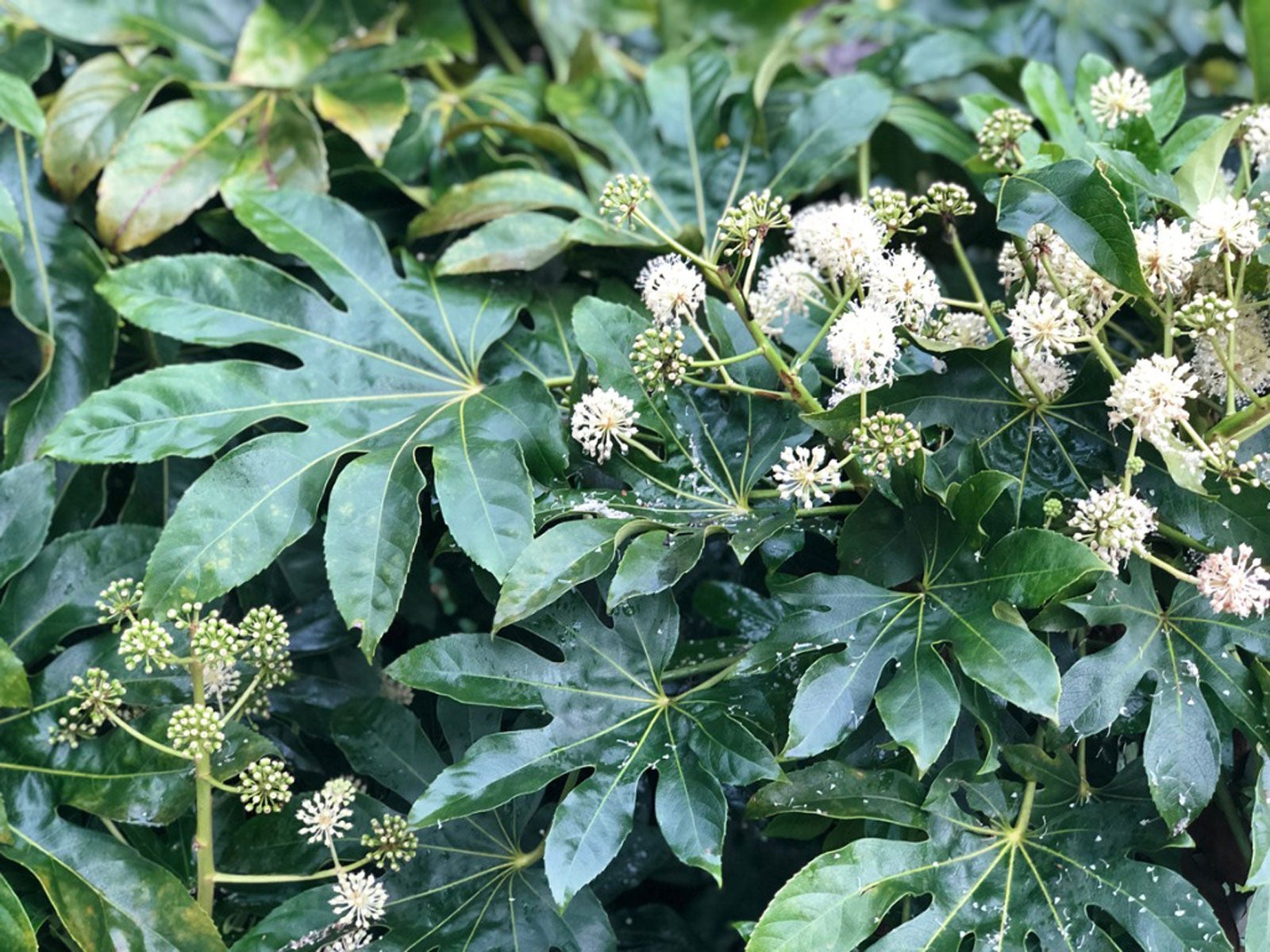 Japanese Aralia Care: How To Grow Fatsia Japonica
Japanese Aralia Care: How To Grow Fatsia JaponicaThe large, showy, tropical leaves may imply that Japanese aralia care is a challenge, but given the right environment, it’s a show-stopper and easy to grow.
By Jackie Carroll
-
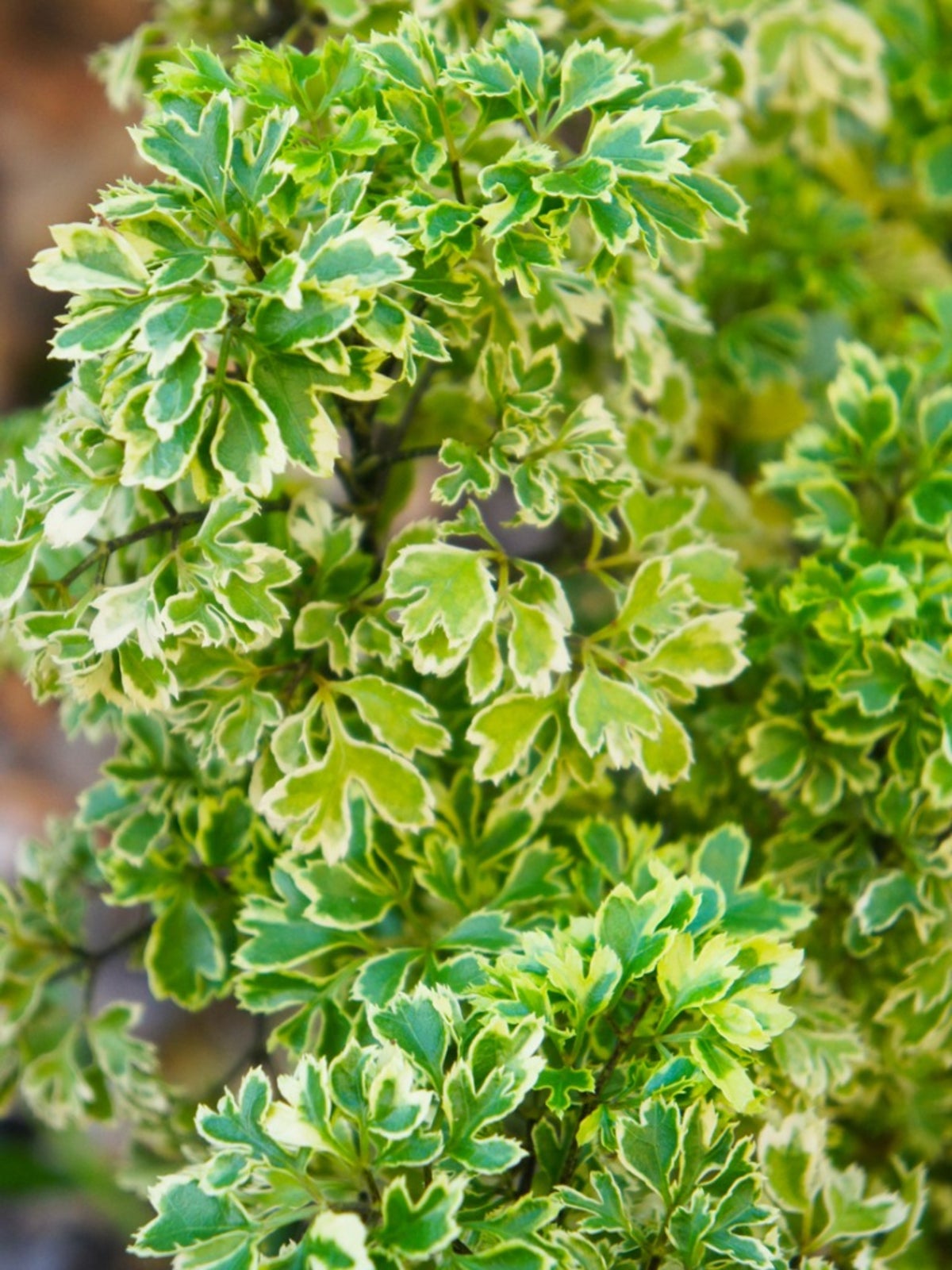 How To Care For Ming Aralia Houseplants
How To Care For Ming Aralia HouseplantsWhy the Ming Aralia ever fell out of favor as a houseplant is beyond me. This plant is one of the easiest houseplants available. With a little care and know how from this article, you can grow this plant in your home.
By Heather Rhoades